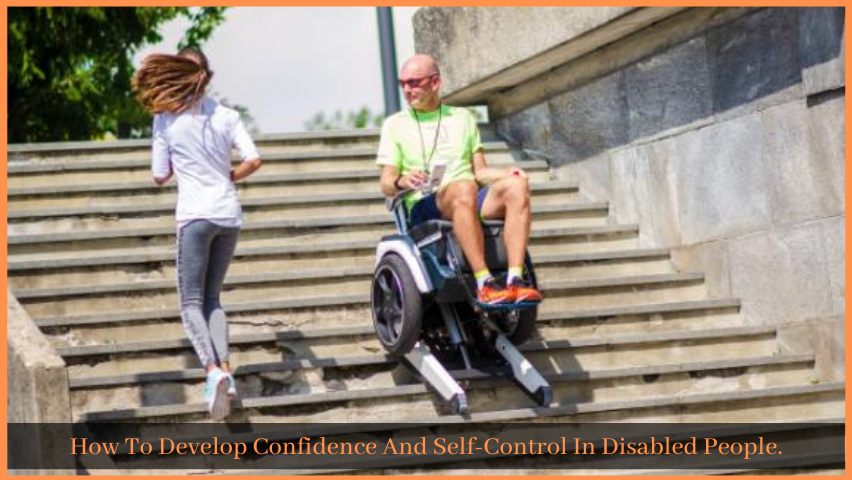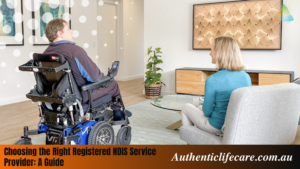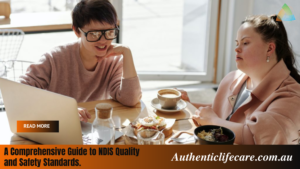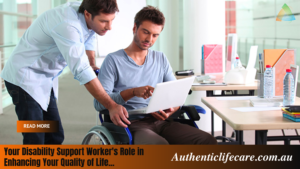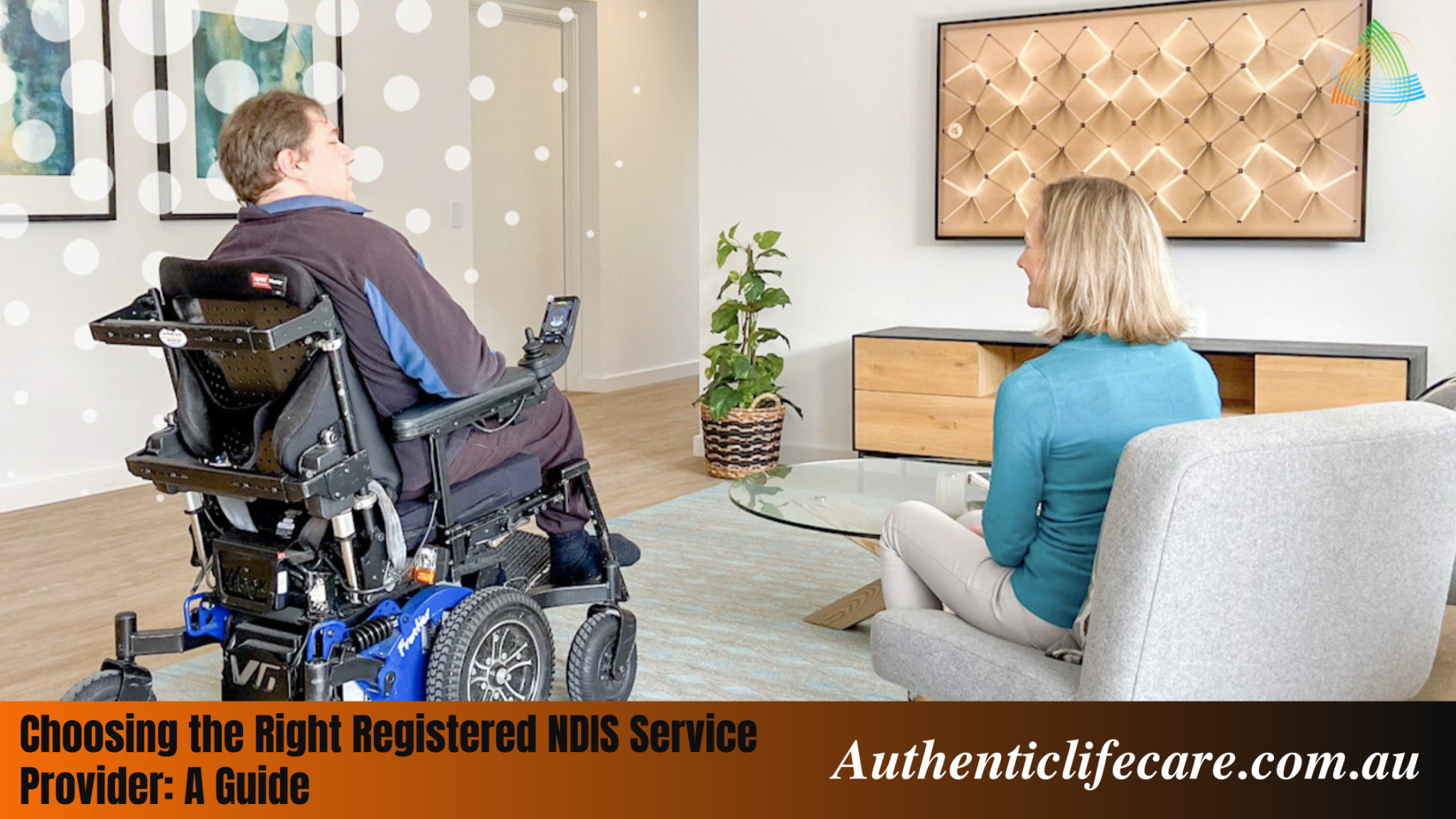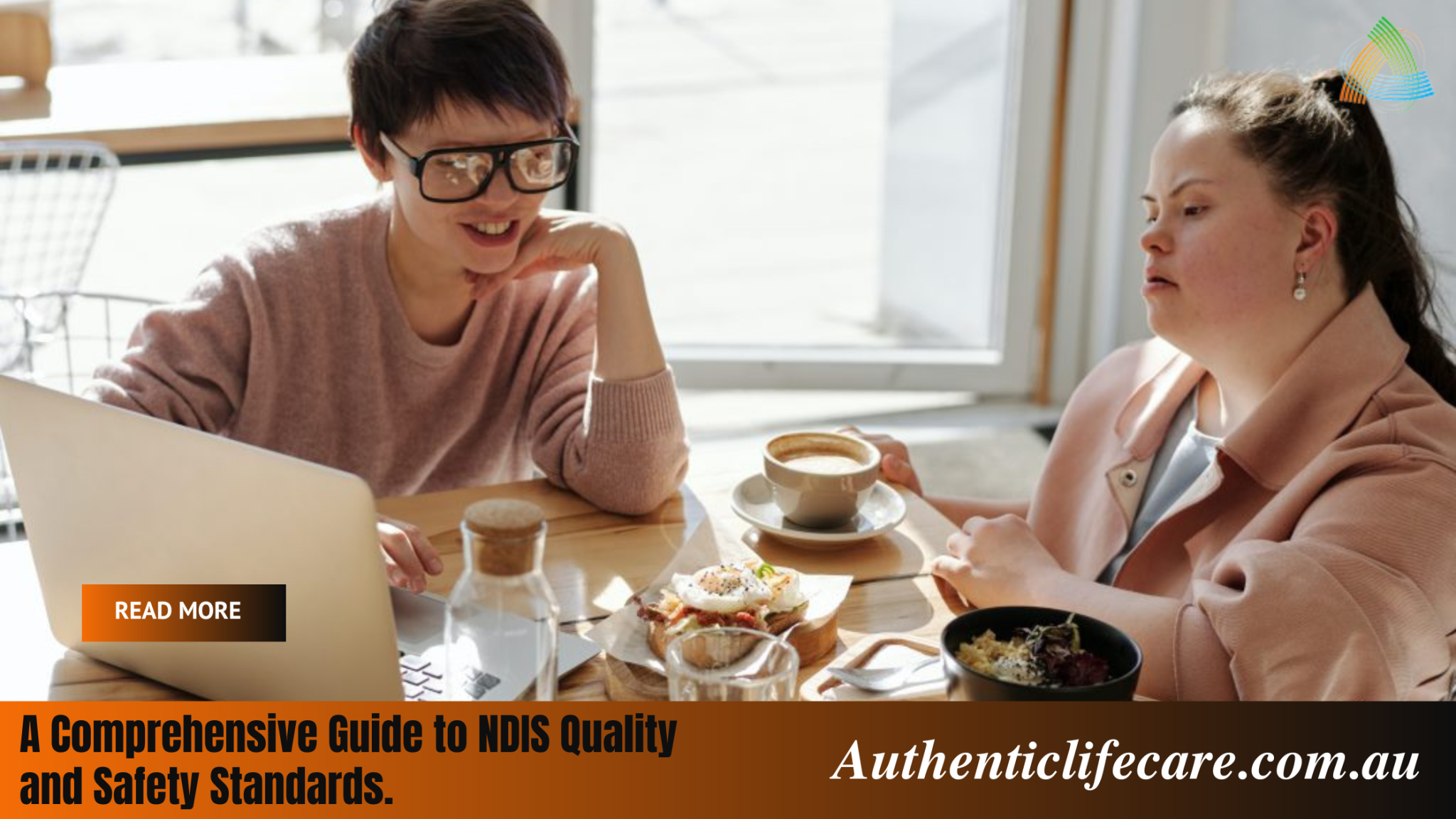In general, people with physical disabilities have less confidence and self-control than other persons. Some tips for improving trust and self-control in people with disabilities are below.
1. Start slow with everyday life choices
Promoting autonomy needs patience. It’s about a series of small steps and 1% adjustments that add up to the individual’s more motivated lifestyle and more options.
The problem is that many disabled people have encountered environments that are highly caring and highly defensive. Independence and decision-making power can be alien concepts, suggesting that fear and anxiety will take over if things happen too rapidly.
By motivating the person with daily life decisions, the solution is to start slowly. Simple stuff, like how to wash your dishes or what to prepare for dinner, can be simple. When they build up faith in decision-making with daily activities, they then continue to move the trust into new and more demanding circumstances. Their confidence will expand over time, and the scope of responsibility will broaden.
2. Allow friends and lifestyle decisions
Everyone needs the chance to pick their mates and determine what activities on the weekend they would like to do. A significant way to promote individual growth and development is to allow this power of choice.
3. Provide decision-making power
This drive for more choice and greater freedom has been formalised with the implementation of the NDIS.
Individuals with a disability in Australia now have a choice of when and how to use their NDIS service kit to access their support network and treatment. The move has arisen because the support for NDIS is directed by the person with a disability (or their decision-maker) rather than being directly provided to the service provider.
This is a vital step towards greater independence across the board, ensuring that each individual’s caregivers and support network are in a position to improve the capacity and resources of individuals to engage in decision-making about their own lives.
4. Get into community events
You will align the process with group events until this path to independence starts to advance beyond decisions related to every day at-home rituals.
For instance, your loved one might be able to persuade you to catch the train to the grocery store and pick up the shopping. They may initially need help on these journeys, but they may be able to go independently after a while.
5. Enter mainstream organisations in the community
Interactions with local community organisations such as a local church or a sports club that runs daily activities may also be supported and encouraged.
Try to locate community groups that closely correspond to the interests and activities of your loved one. This will excite them to go along and speed up the development of self-confidence.
For all of these events, of course, before going ahead, it might be important to check out the groups. See how they communicate, get to know some of the individuals yourself and decide whether you think the community will be a good match.
6. Establishing interactions with others
No matter how small you can think it is at the moment, something you can do to break the cycle of dependency can help.
Your loved one can create trust and start taking action by engaging with more and more individuals beyond the main profession and direct support network.
Provide opportunities for socialisation and independent living, and without you being there, you will encourage this to happen over time.
7. Get your name on the ballot
As well as increasing social interactions, by promoting other trust-building behaviours, you will start the road to increased independence.
Registering your loved one to vote in local, federal or state elections, for example, is an ideal opportunity to send us a public voice.

